42 food labels country of origin
USDA Amends Country of Origin Labeling Requirements, Final Rule Repeals ... Release No.: 047-16. WASHINGTON, Feb. 29, 2016 - As directed by the United States Congress through Public Law 114-113, the Consolidated Appropriations Act of 2016, the U.S. Department of Agriculture's (USDA) Agricultural Marketing Service (AMS) is issuing a final rule that amends the Country of Origin Labeling (COOL) regulations by removing the requirements for muscle cuts of beef and pork ... › inspection › import-exportJapan | Food Safety and Inspection Service NOTE: USDA Export Mark: Exporters may apply the FSIS-issued USDA export mark (e.g. hand stamp or computer-generated sticker) or unique identifier (UI) to: 1) each outside container within a consignment, 2) a securely enclosed pallet or pallets within the consignment (e.g. shrink-wrapped or other effective means), or 3) the closed means of conveyance transporting the consignment (e.g. rail car ...
Country of origin labelling online tool | business.gov.au When you're ready to create your country of origin label, make sure you know: if your product contains Australian ingredients the percentage (or average percentage) of Australian ingredients in your product the name of the country where your product was made ('last substantially transformed ') or virtually all of its processing was undertaken

Food labels country of origin
business.gov.au › Products-and-services › ProductCountry of origin food labelling resources | business.gov.au May 21, 2021 · Imported priority foods must, as a minimum, carry a country of origin statement in a clearly defined box (the box is not required if the food is being sold unpackaged). Example of a country of origin statement in a clearly defined box below: The outline box is not required on imported non-priority food products. Which foods are covered in the country of origin labeling law? - USDA Knowledge Article. Foods that must be labeled with their country of origin are: 1. Muscle cuts of beef (including veal), lamb, pork, goat, and chicken; 2. Ground beef, ground lamb, ground pork, ground goat, and ground chicken; 3. Wild and farm-raised fish and shellfish; 4. Country of origin labelling - Food Standards The Australian Government introduced a country of origin food labelling system under Australian Consumer Law on 1 July 2016. Country of origin labelling requirements for food is in the Country of Origin Food Labelling Information Standard 2016, under the Competition and Consumer Act 2010. These requirements became mandatory on 1 July 2018.
Food labels country of origin. CPG Sec 560.200 Country of Origin Labeling | FDA - U.S. Food and Drug ... Office of Regulatory Affairs Food labeling statements regarding geographical origin must not be false or misleading in any particular. FDA's policy prohibiting false or misleading labeling of food... Country of Origin Food Labeling | Jenn David Design The Country of Origin Labeling requirement states that "Food labeling statements regarding geographical origin must not be false or misleading in any particular." So it would be incorrect to state that the cocoa is a product of both Mexico and Chile on the label. You would need two labels in this case—one for each respective country of origin. CPG Sec. 560.200 Country of Origin Labeling - Food and Drug Administration country becomes the country of origin within the meaning of *CBP's* labeling requirements, 19 CFR 134.1(b) and 134.11. As a result of *CBP's* seizure actions and other regulatory follow-up Country of origin | NSW Food Authority Some unpackaged food, including fresh and processed fish, pork, beef, sheep and chicken mince, fruit and vegetables, must also display a country of origin label. These labels can only be used if the key ingredients in the food originated in Australia and the food is manufactured in Australia: Product of Australia. Produced in Australia.
Official calls for 'country of origin' food labels - NBC News IE 11 is not supported. For an optimal experience visit our site on another browser. food.ec.europa.eu › origin-labelling_enOrigin labelling - Food Safety In accordance with Regulation (EU) No 1169/2011, the general rule is that the indication of the country of origin or place of provenance shall be mandatory where failure to indicate this might mislead the consumer as to the true country of origin or place of provenance of the food, in particular if the information accompanying the food or the label as a whole would otherwise imply that the ... Country of origin food labelling | business.gov.au Country of origin food labelling Last Updated: 21 May 2021 Most food products for retail sale in Australia require a country of origin label. This page helps you identify the regulation you need to comply with and the label that applies to your food product. On this page Imported foods › country-of-origin-food-labellingCountry of origin food labelling | ACCC A visual style guide is available to assist businesses to correctly design and display their country of origin food labels as required by the Standard: Three component standard mark – a graphic and text-based label which is mandatory for priority food items grown, produced or made in Australia.
Country of Origin Labeling (COOL) Frequently Asked Questions The abbreviations "P.R. China" and "China" are acceptable for country of origin marking purposes for products originating from the People's Republic of China. Either "Netherlands" or "Holland" is an acceptable abbreviation for The Netherlands. abcnews.go.com › healthHealth News | Latest Medical, Nutrition, Fitness News - ABC ... Get the latest health news, diet & fitness information, medical research, health care trends and health issues that affect you and your family on ABCNews.com Food labelling: country of origin - GOV.UK If poultry, sheep, goat or swine meat is taken from animals born, reared and slaughtered in the same country, you can label it as 'Origin: [name of the country]'. Where reference is made to the... Must processed food products have a country of origin label? - USDA Jul 17, 2019. Knowledge Article. Retail items that meet the definition of a processed food item do not require labeling under the COOL final rule. For more information, visit Common Questions & Answers on Country of Origin Labeling. Live chat:
› rules-regulations › coolCountry of Origin Labeling (COOL) | Agricultural Marketing ... Country of Origin Labeling (COOL) is a labeling law that requires retailers, such as full-line grocery stores, supermarkets and club warehouse stores, to notify their customers with information regarding the source of certain foods.
Country of origin labelling - Department of Industry, Science and Resources The current food labelling system came into full effect in July 2018. We reviewed the reforms in 2021. The review looked at how well the reforms: improved consumer access to information about the origin of food. clarified the origin claims businesses can make about their products. avoided imposing excessive costs on impacted businesses.
› food-labelling-faqsFood labelling FAQs | ACCC - Australian Competition and ... On 1 July 2016, a new country of origin food labelling system commenced under the Australian Consumer Law (ACL). Businesses will have two years to sell current stock and change their labels to comply with the new law before it becomes mandatory on 1 July 2018.
Foods Get Country of Origin Labels - WebMD New Food Labels Show Country of Origin . Stores to Show Country of Origin for Beef, Chicken, Pork, Fruits, Vegetables, and Other Items
Country of Origin Labeling of Agricultural Products Country of Origin Labeling for Meat Products Meat from animals imported for immediate slaughter in the United States must be designated as "Product of Country X and the United States." Imported muscle cuts of meat for which no production steps occur in the United States retain the origin as declared to U.S. Customs and Border Protection.
Marking of Country of Origin on U.S. Imports Marking of Country of Origin on U.S. Imports Printer-friendly version Acceptable Terminology and Methods for Marking Every article of foreign origin entering the United States must be legibly marked with the English name of the country of origin unless an exception from marking is provided for in the law.
Country of Origin Labels | Supermarket Labels | 1-800-882-5104 Country of Origin labeling is a consumer labeling law that requires the country of origin be listed on specific food product labels. As the list grows, order your country of origin labels. This is more economical than redesigning your product label. Research this website to see what foods require this type of labeling: Labeling FAQ.
Country of origin labelling - Food Standards The Australian Government introduced a country of origin food labelling system under Australian Consumer Law on 1 July 2016. Country of origin labelling requirements for food is in the Country of Origin Food Labelling Information Standard 2016, under the Competition and Consumer Act 2010. These requirements became mandatory on 1 July 2018.
Which foods are covered in the country of origin labeling law? - USDA Knowledge Article. Foods that must be labeled with their country of origin are: 1. Muscle cuts of beef (including veal), lamb, pork, goat, and chicken; 2. Ground beef, ground lamb, ground pork, ground goat, and ground chicken; 3. Wild and farm-raised fish and shellfish; 4.
business.gov.au › Products-and-services › ProductCountry of origin food labelling resources | business.gov.au May 21, 2021 · Imported priority foods must, as a minimum, carry a country of origin statement in a clearly defined box (the box is not required if the food is being sold unpackaged). Example of a country of origin statement in a clearly defined box below: The outline box is not required on imported non-priority food products.

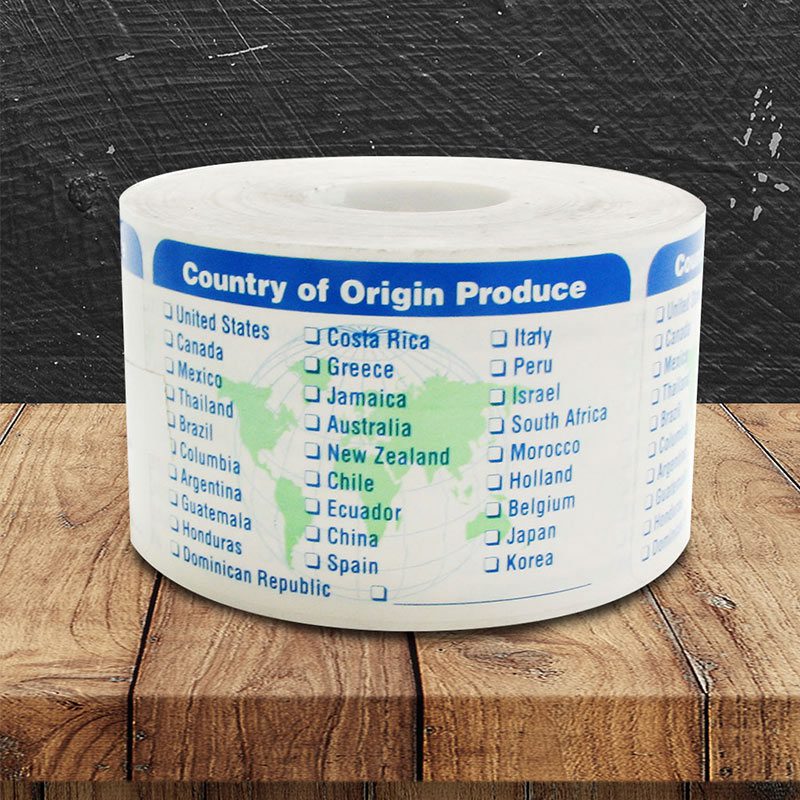


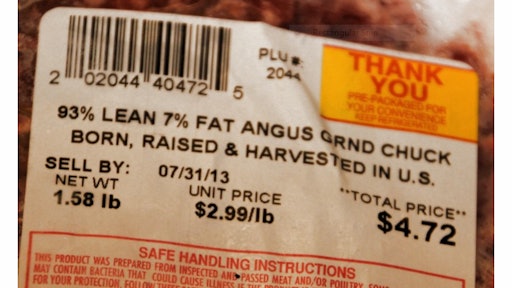
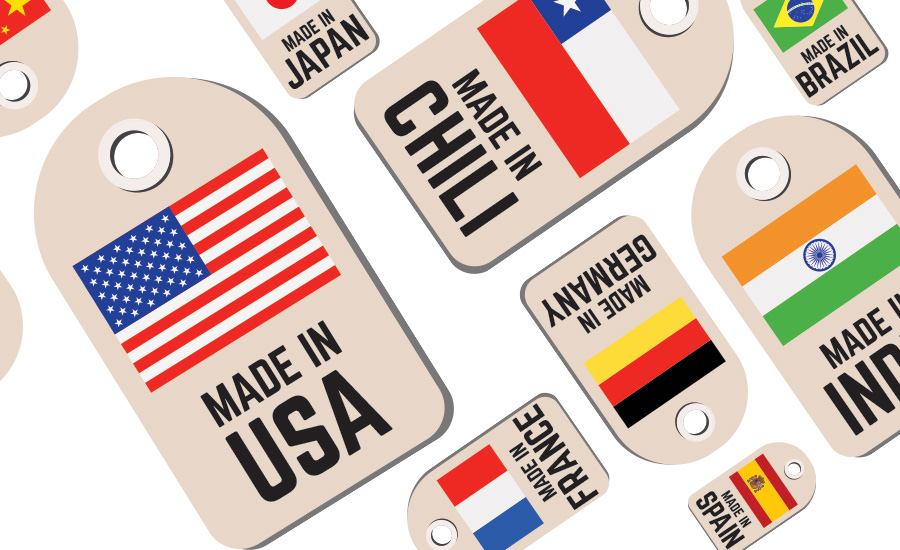
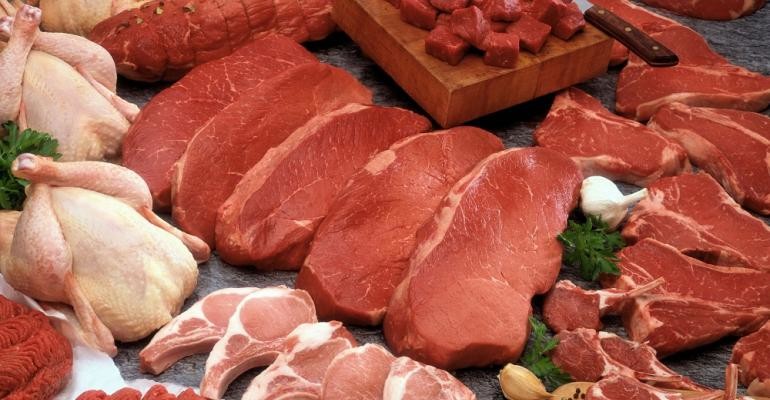
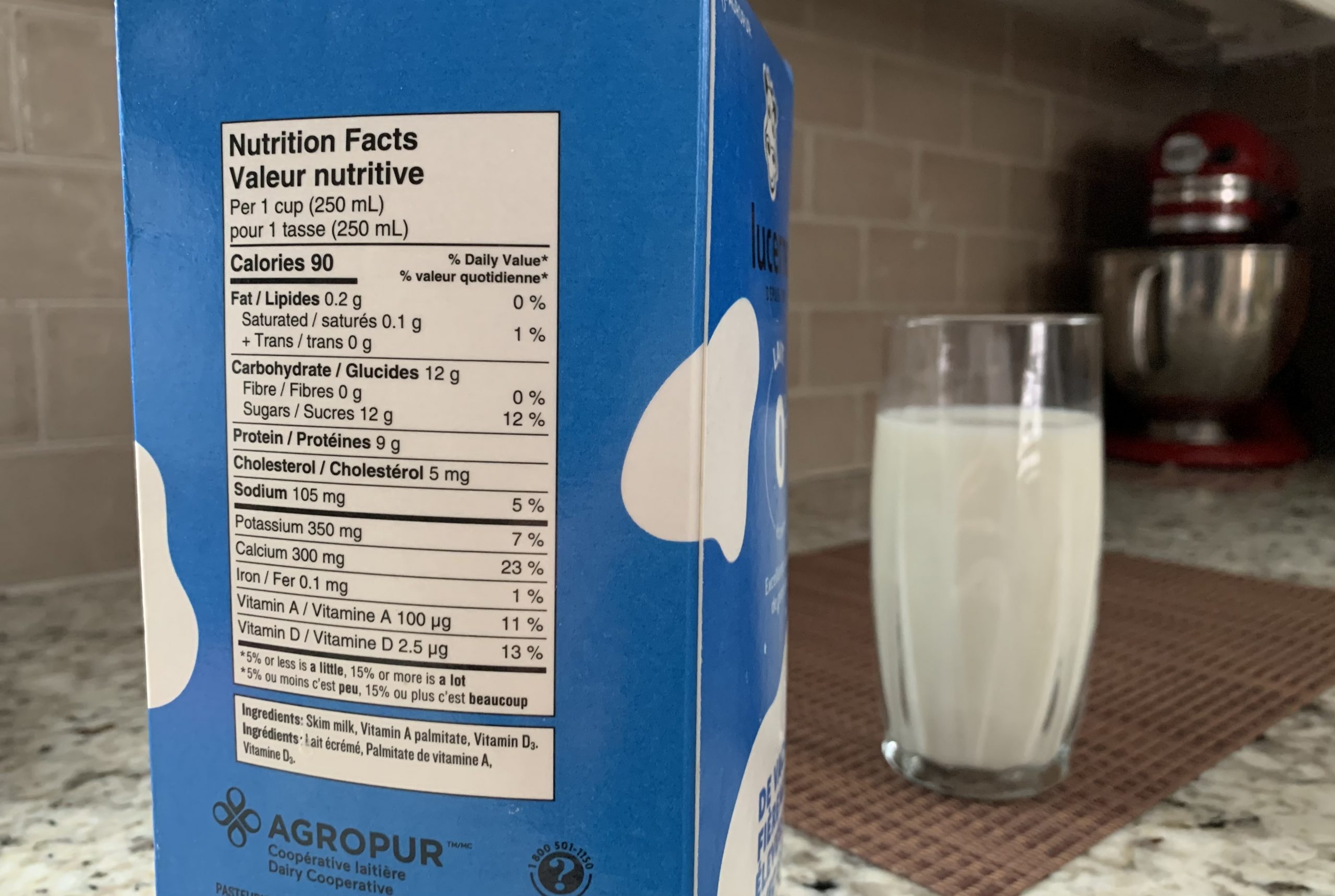

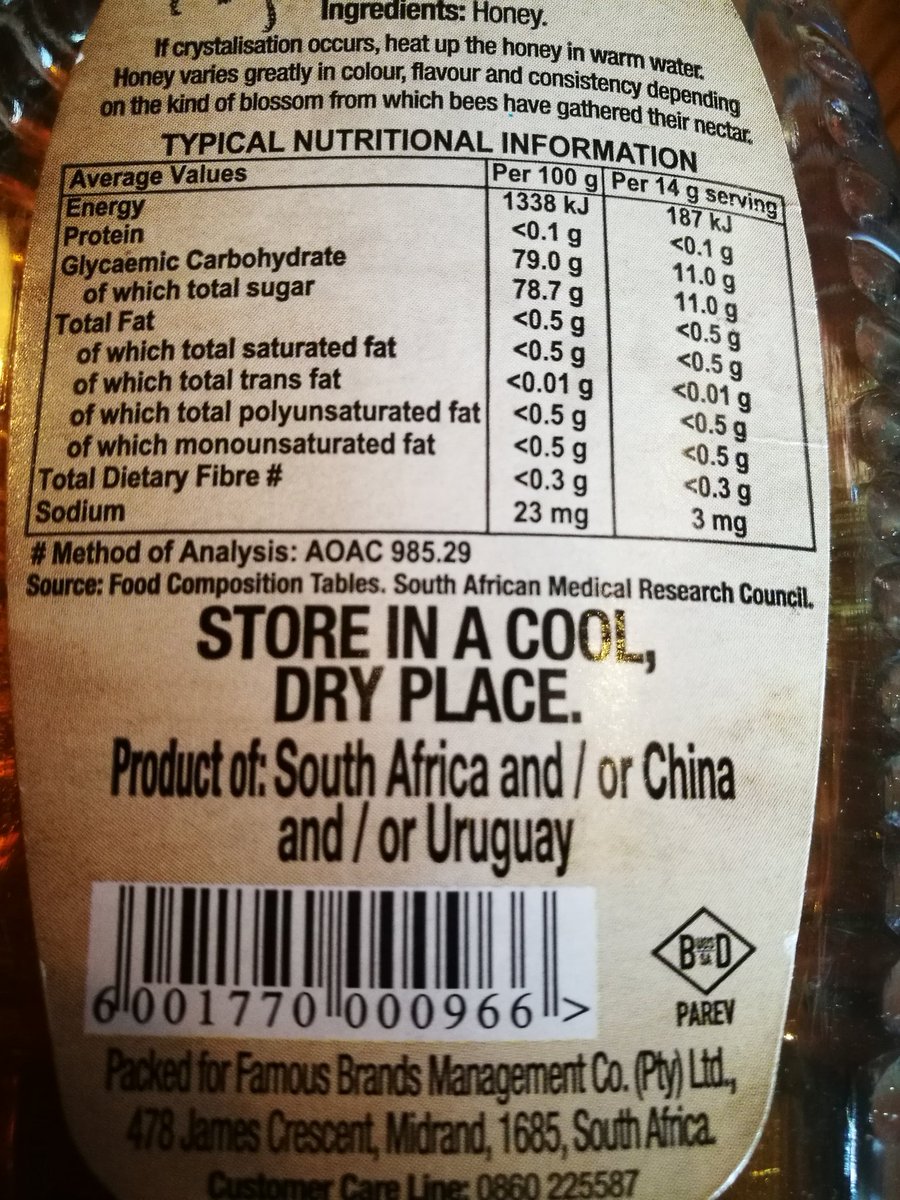
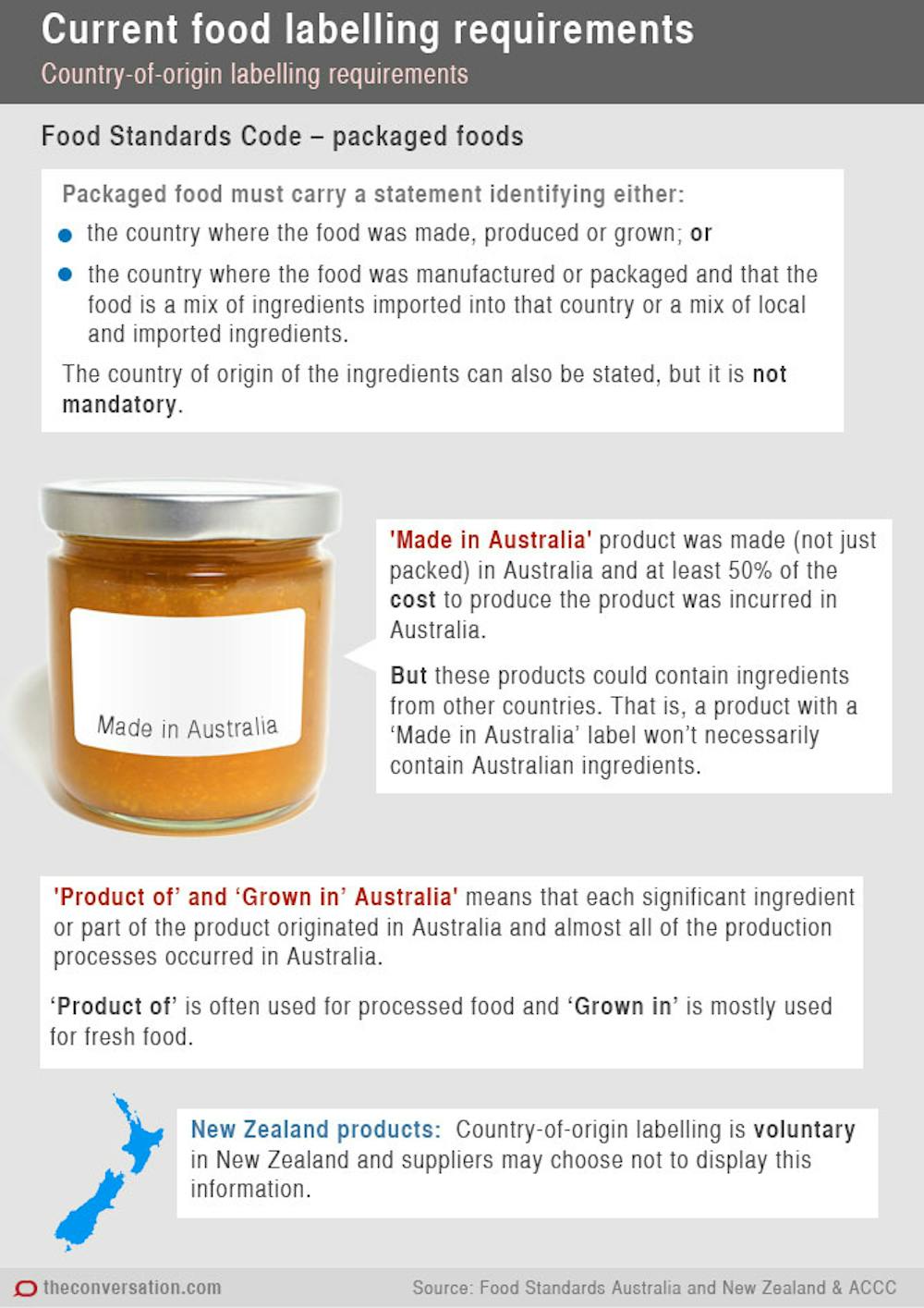

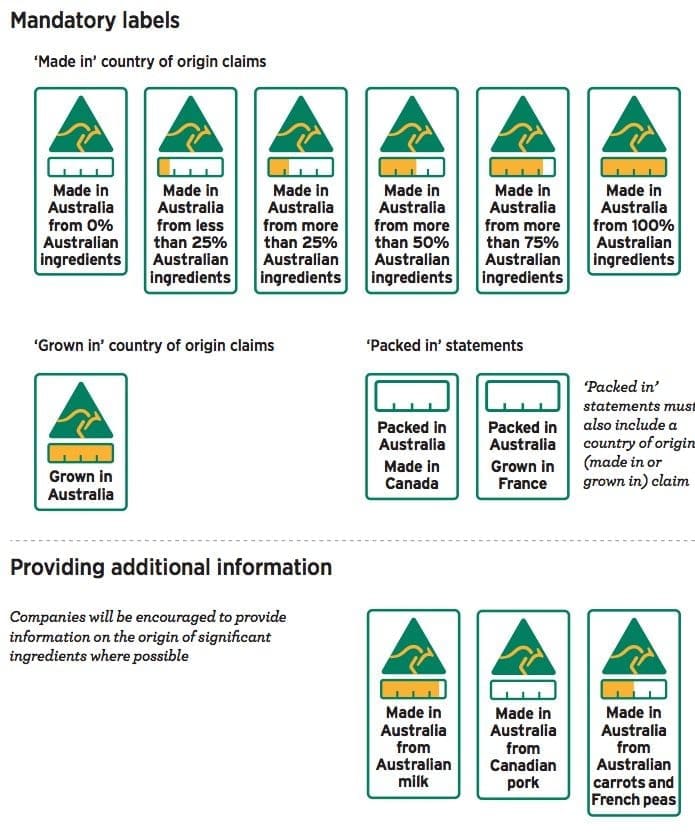
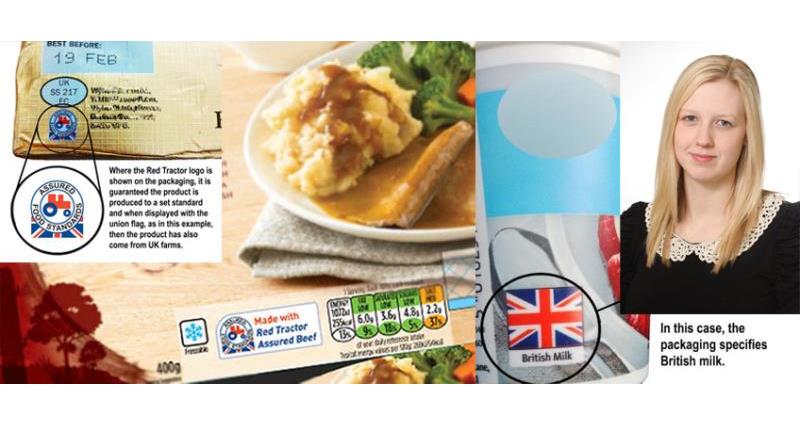
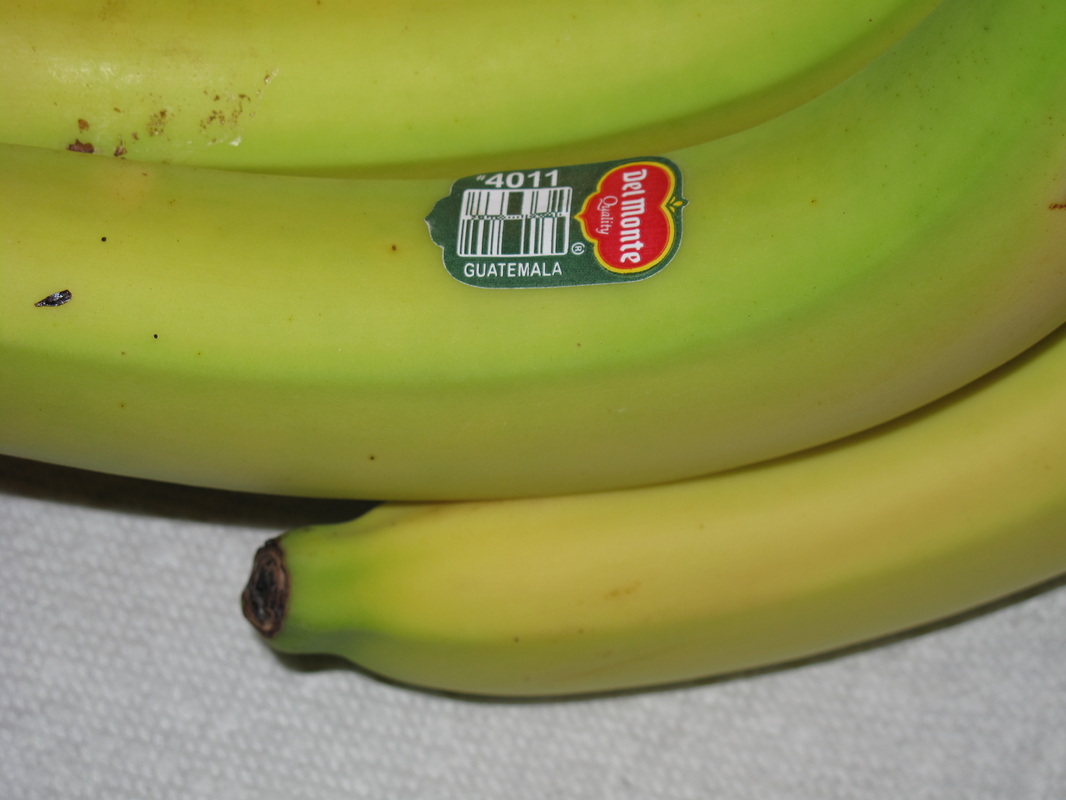

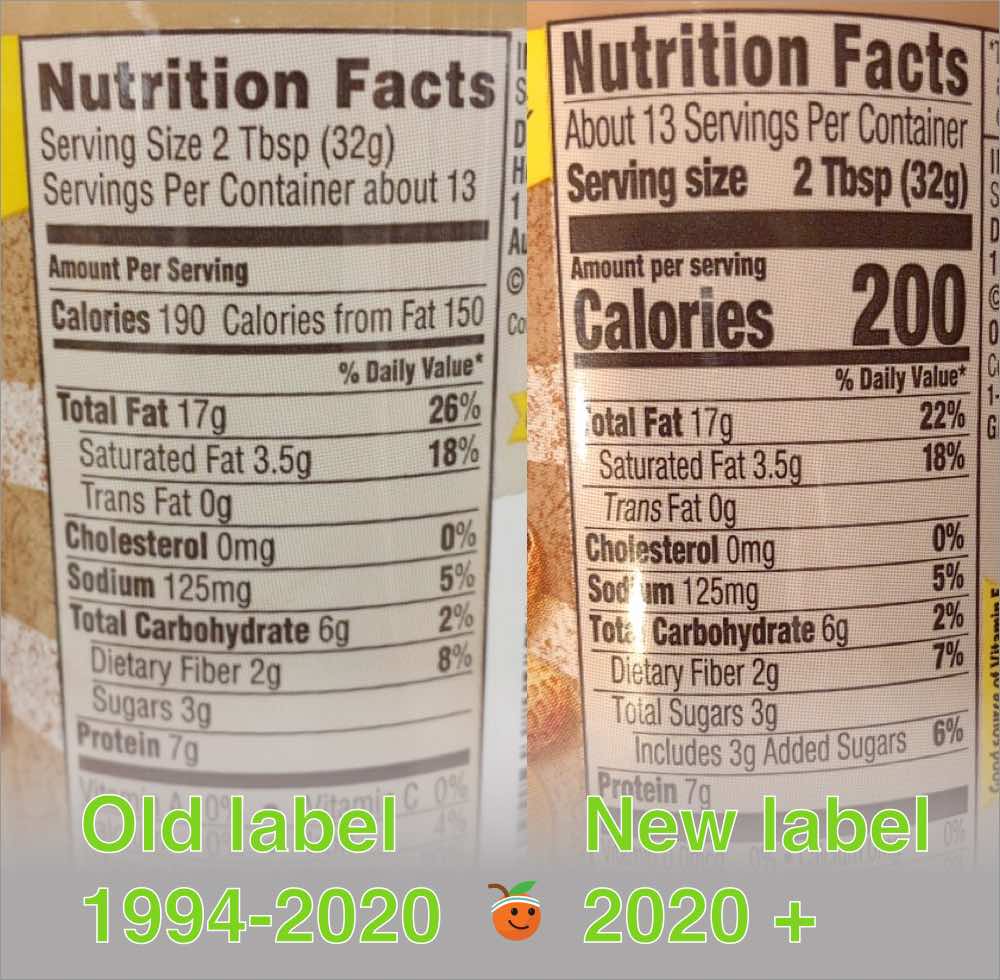

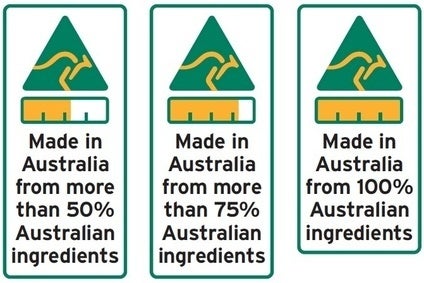


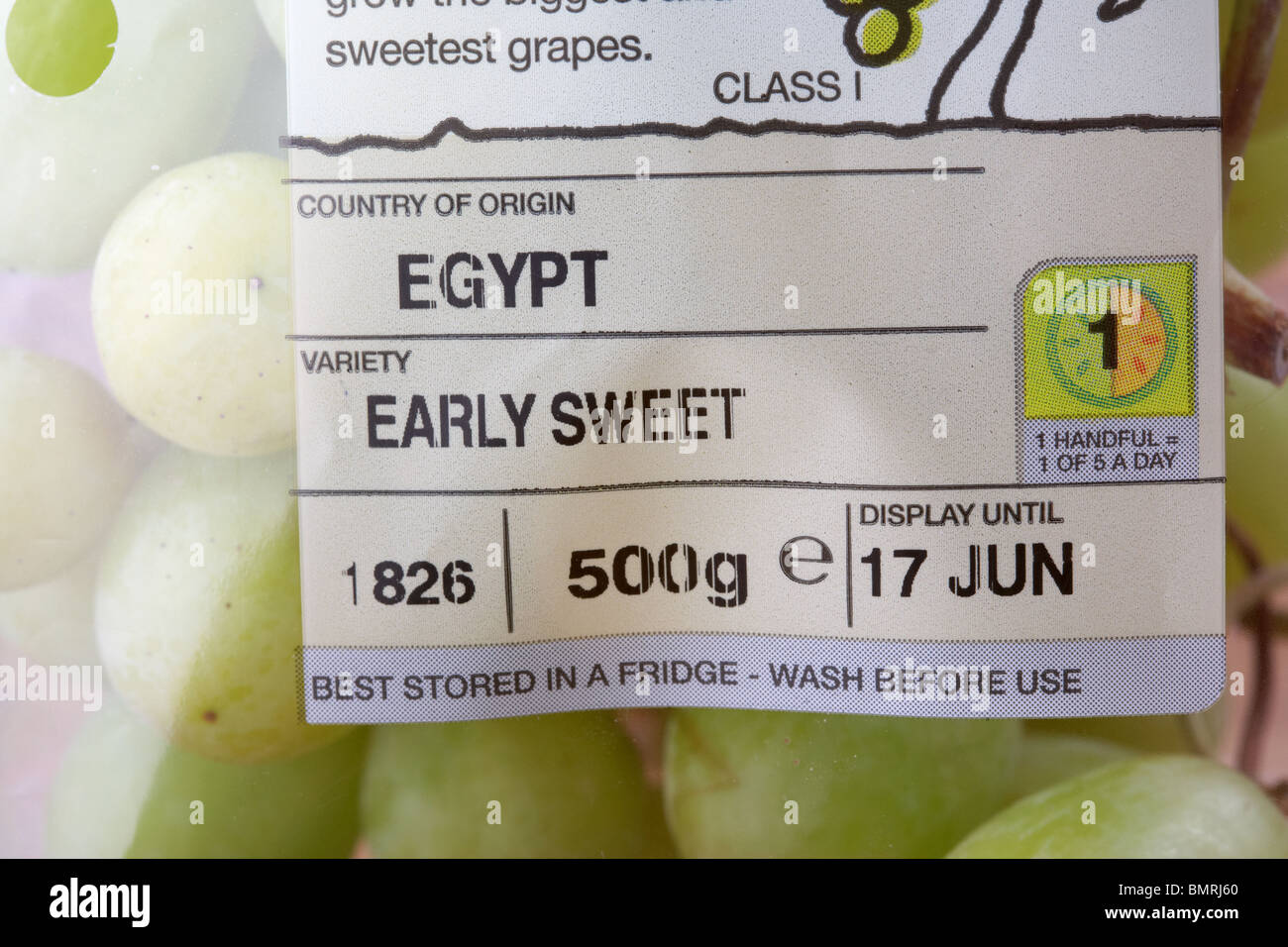
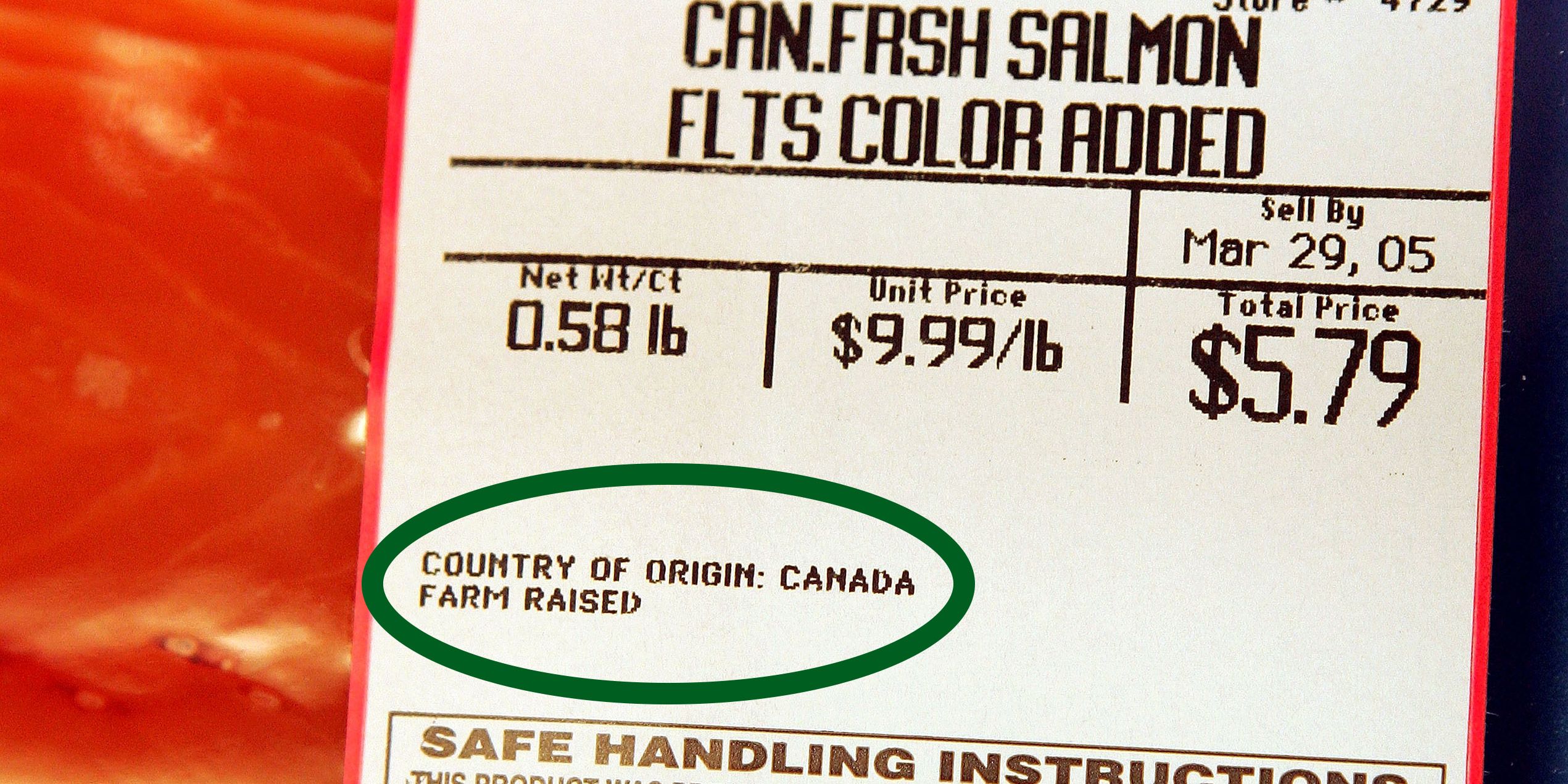

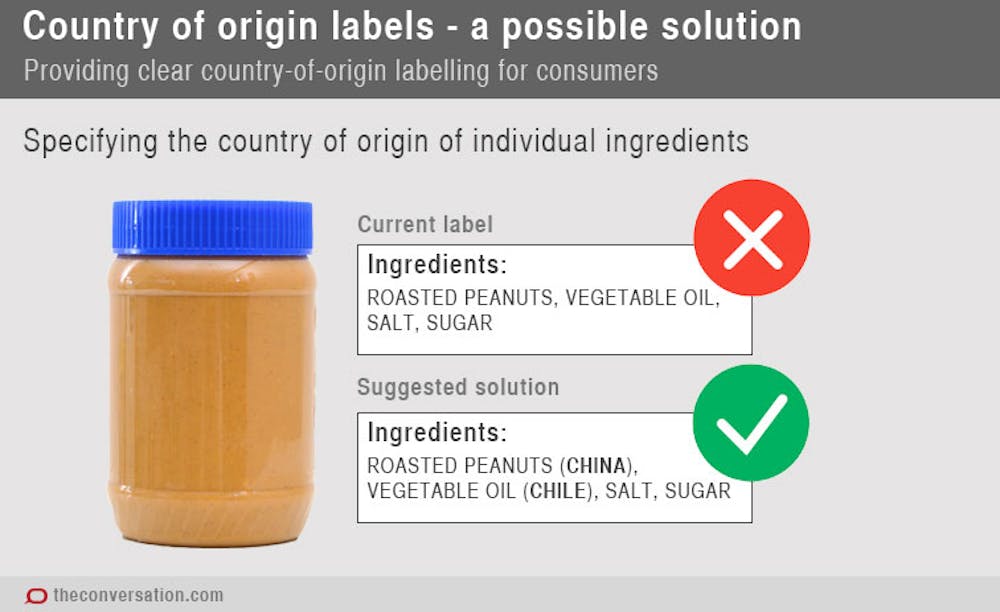





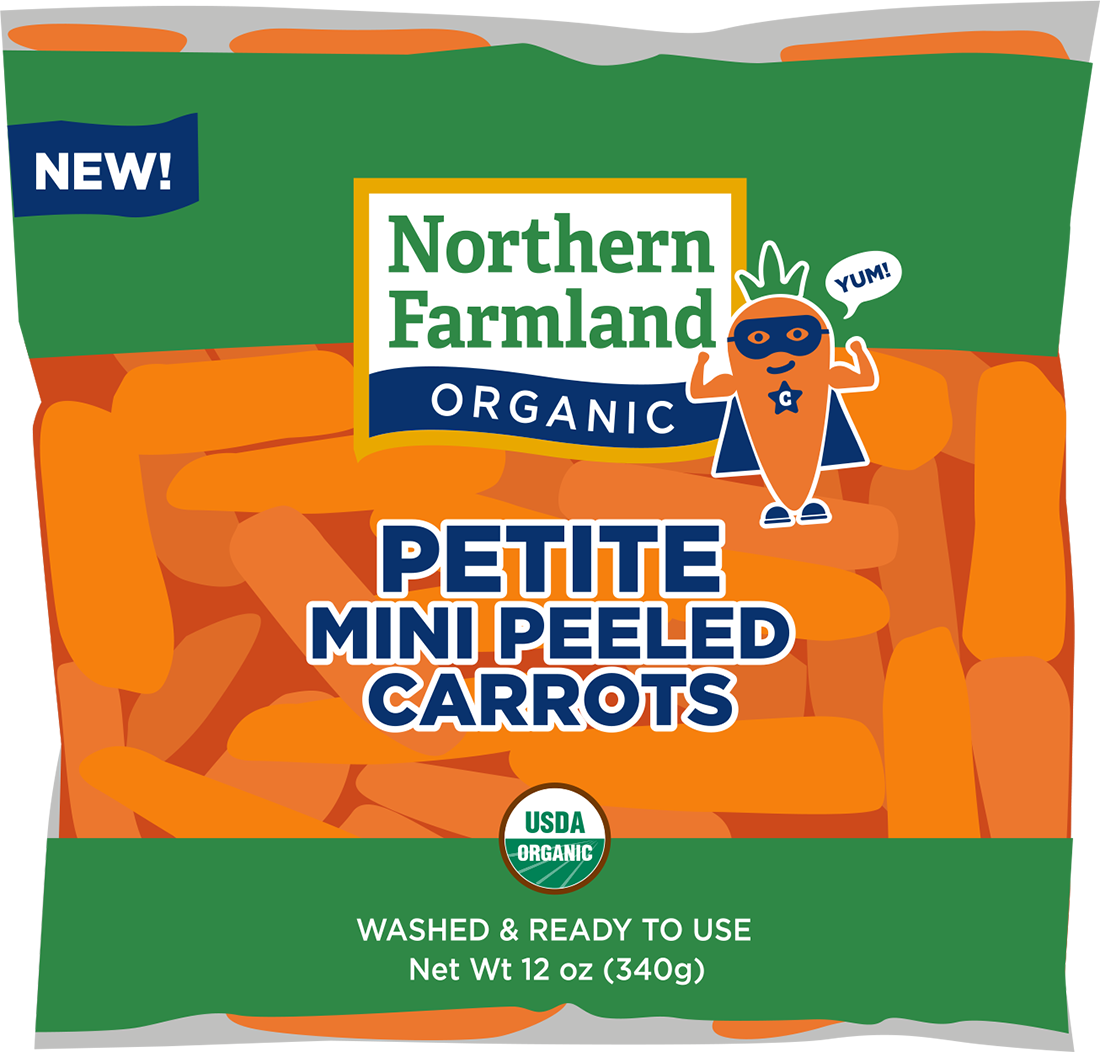

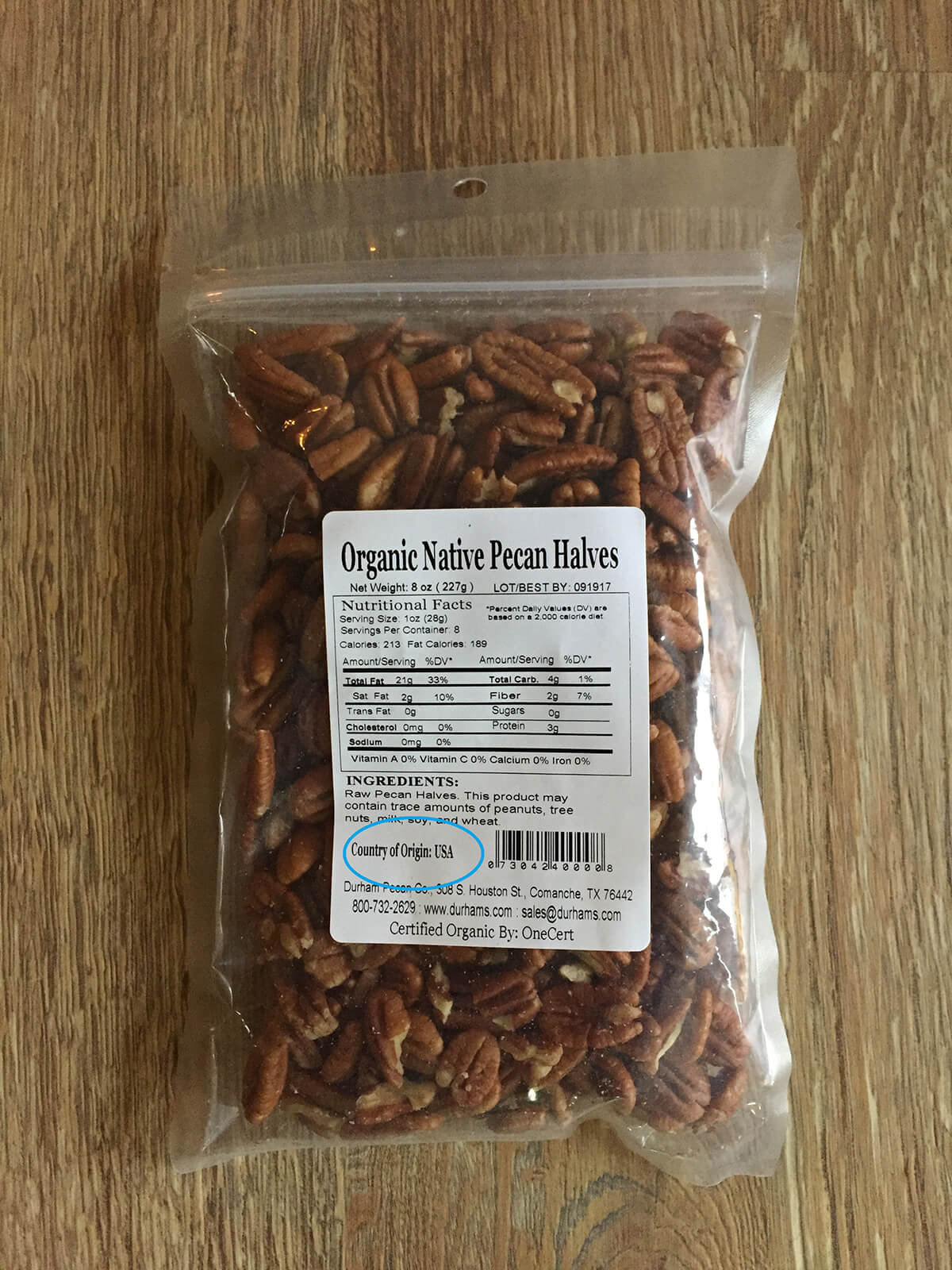
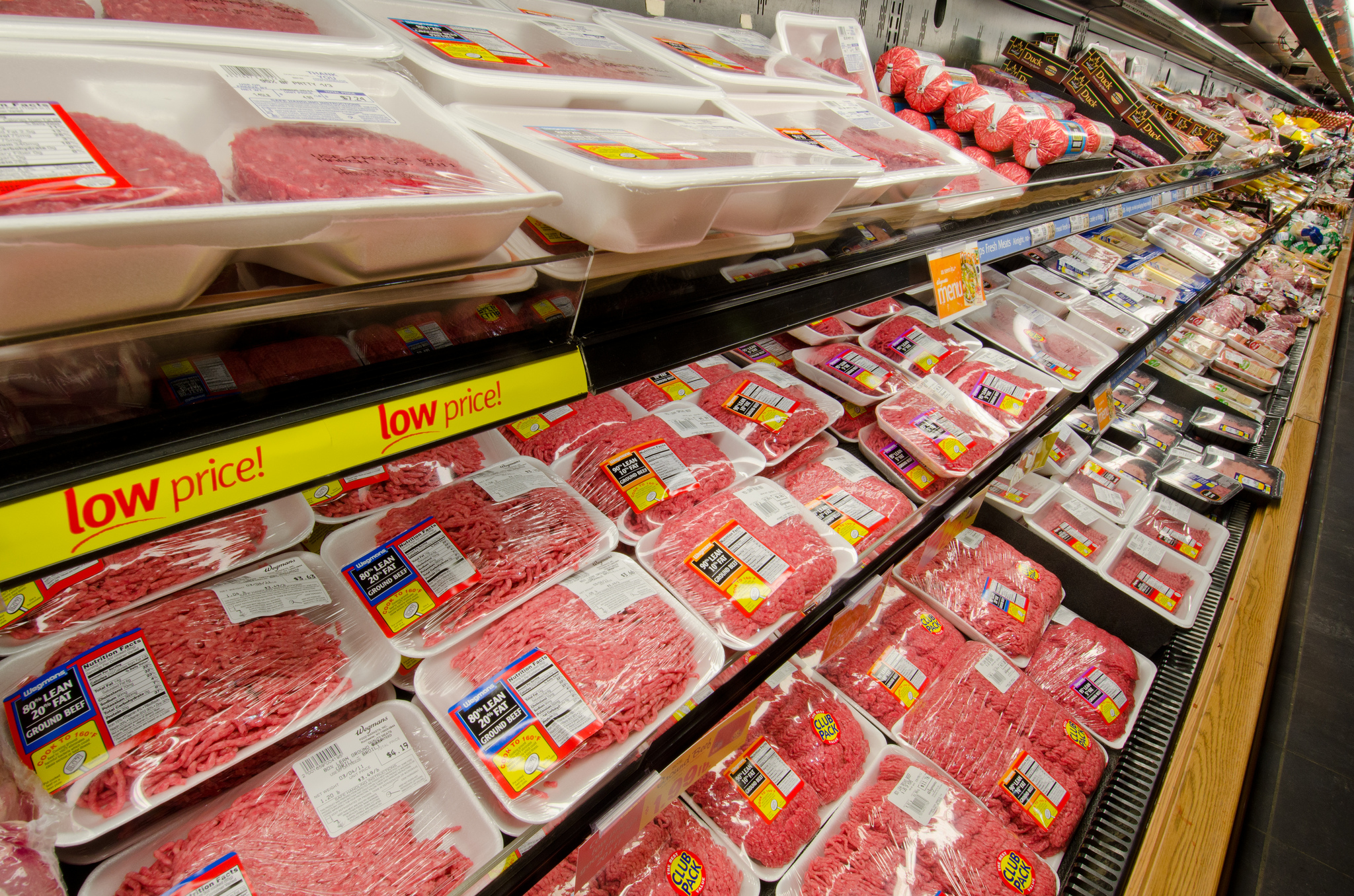
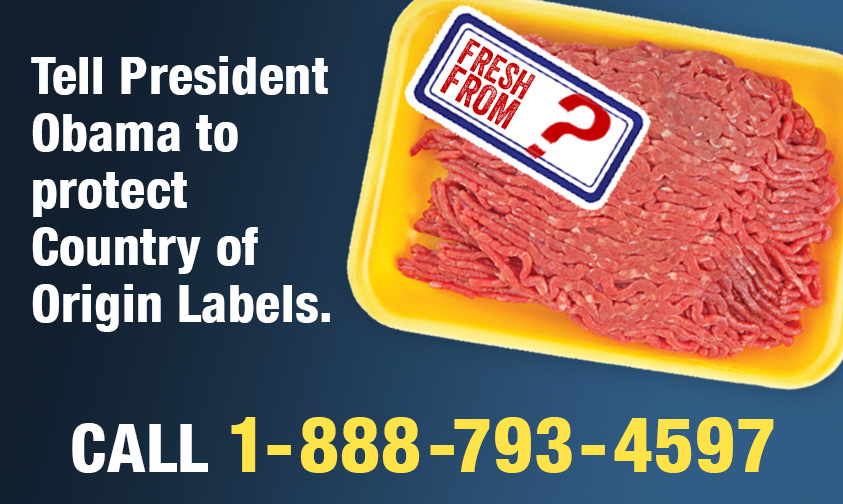


Post a Comment for "42 food labels country of origin"